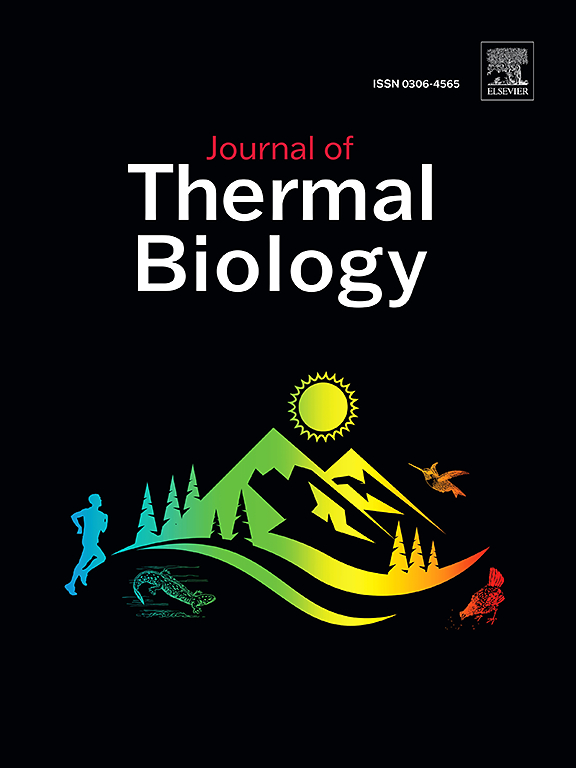杂化磁性纳米颗粒增强肝癌治疗微波天线功率优化的数值研究
IF 2.9
2区 生物学
Q2 BIOLOGY
引用次数: 0
摘要
微波热治疗肝癌提出了挑战,由于潜在的健康组织损伤。本研究探讨了混合磁性纳米流体的使用,以优化治疗效果,同时最大限度地减少副作用。术前建模,以确定最佳的纳米颗粒类型,浓度和组合,以提高热效率。三种磁性纳米颗粒-磁铁矿,磁铁矿和fccfept -分别进行了单独和混合成分的分析。结果表明,增加纳米颗粒浓度可显著缩短治疗时间,最大限度地减少健康组织坏死。在0.1%浓度下,磁铁矿、磁铁矿和FccFePt的处理时间分别为3、67和90 s,相应的健康组织损失与肿瘤体积比分别为0.06、3.08和4.36。将浓度降低至0.05%,处理次数分别增加到46、126和129 s,组织损失率分别增加到1.88、6.65和8.36。值得注意的是,混合纳米颗粒组合物表现出不同但不均匀的效果,一些组合略微提高了治疗效果,而另一些组合的影响可以忽略不计。磁铁矿与FccFePt杂交可缩短坏死时间,但对整体处理效率的影响不一致。这些发现强调了混合纳米颗粒增强微波消融治疗的潜力;然而,他们也强调了纳米颗粒相互作用的复杂性,强调了精确选择和浓度优化的必要性,以在保护健康组织的同时获得卓越的治疗效果。本文章由计算机程序翻译,如有差异,请以英文原文为准。
A numerical study on optimization of microwave antenna power for liver cancer therapy enhanced with hybrid magnetic nanoparticles
Microwave thermal therapy for liver cancer presents challenges due to the potential for healthy tissue damage. This study explores the use of hybrid magnetic nanofluids to optimize treatment effectiveness while minimizing side effects. Preoperative modeling was employed to determine the optimal nanoparticle type, concentration, and combination for enhanced thermal efficiency. Three magnetic nanoparticles—maghemite, magnetite, and FccFePt—were analyzed, both individually and in hybrid compositions. Results demonstrated that increasing nanoparticle concentration significantly reduced treatment duration and minimized healthy tissue necrosis. At 0.1 % concentration, treatment times for maghemite, magnetite, and FccFePt were 3, 67, and 90 s, with corresponding healthy tissue loss-to-tumor volume ratios of 0.06, 3.08, and 4.36. Lowering the concentration to 0.05 % increased treatment times to 46, 126, and 129 s, raising tissue loss ratios to 1.88, 6.65, and 8.36. Notably, hybrid nanoparticle compositions showed divers but non-uniform effects, with some combinations marginally improving treatment efficacy while others had negligible impact. The hybridization of maghemite and FccFePt reduced necrosis time, but its influence on overall treatment efficiency was inconsistent. These findings underscore the potential of hybrid nanoparticles to enhance microwave ablation therapy; however, they also highlight the complexity of nanoparticle interactions, emphasizing the need for precise selection and concentration optimization to achieve superior treatment outcomes while preserving healthy tissue.
求助全文
通过发布文献求助,成功后即可免费获取论文全文。
去求助
来源期刊

Journal of thermal biology
生物-动物学
CiteScore
5.30
自引率
7.40%
发文量
196
审稿时长
14.5 weeks
期刊介绍:
The Journal of Thermal Biology publishes articles that advance our knowledge on the ways and mechanisms through which temperature affects man and animals. This includes studies of their responses to these effects and on the ecological consequences. Directly relevant to this theme are:
• The mechanisms of thermal limitation, heat and cold injury, and the resistance of organisms to extremes of temperature
• The mechanisms involved in acclimation, acclimatization and evolutionary adaptation to temperature
• Mechanisms underlying the patterns of hibernation, torpor, dormancy, aestivation and diapause
• Effects of temperature on reproduction and development, growth, ageing and life-span
• Studies on modelling heat transfer between organisms and their environment
• The contributions of temperature to effects of climate change on animal species and man
• Studies of conservation biology and physiology related to temperature
• Behavioural and physiological regulation of body temperature including its pathophysiology and fever
• Medical applications of hypo- and hyperthermia
Article types:
• Original articles
• Review articles
 求助内容:
求助内容: 应助结果提醒方式:
应助结果提醒方式:


